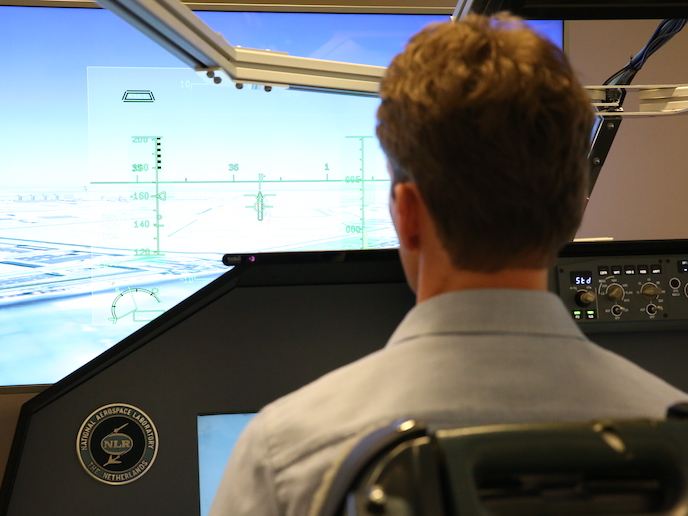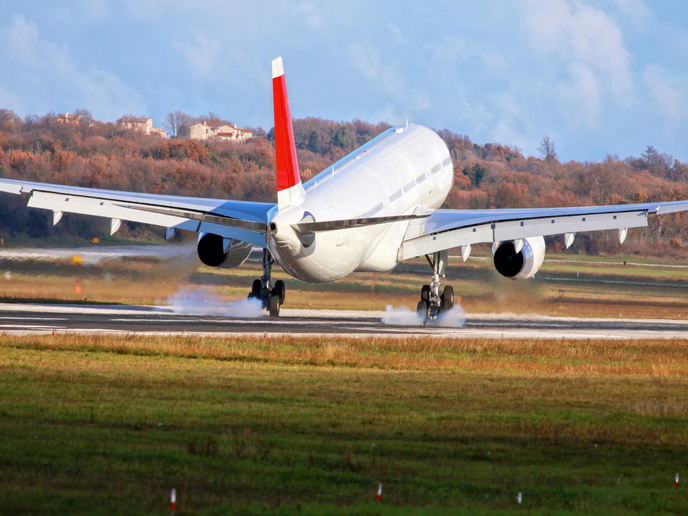Innovating aircraft design for better heat-control
The TOICA project set out to radically change the way engineers perform thermal studies for new aircraft design. ‘Thermal studies are usually performed to validate design solutions, the system installations and risk analyses in order to reach acceptable heat levels. TOICA results now enable architects to use a collaborative process at an early phase in the design to improve the prediction of thermal impacts on the chosen configuration,’ says TOICA co-ordinator, Pierre Arbez from Airbus in France. Concerns with the thermal performance of aircraft stem from technological changes over the last two decades. Aircraft electrical consumption has increased by a factor of five and new engines, whilst more efficient, now produce much more heat. ‘With this comes a host of issues brought on by the effects of heat on structures, systems, and other equipment,’ explains Arbez. By managing and understanding thermal behaviour early in any aircraft design process some of these effects can be abated. TOICA’s 32 partners from 7 European countries and Canada have developed new methods and tools that allow early analysis of thermal behaviour. One of them is the Behavioural Digital Aircraft (BDA) which is a digital environment that allows multiple partners to share data and work together on the same design. Major companies such as Siemens, Dassault Systems and MSC Software are making their commercial design software BDA-compliant. Together with an architect cockpit, which allowed design monitoring and control, this allows for the visualisation and manipulation of aircraft design data and results. This means using these tools teams, or even whole supply chain, partners can work together to create co-designs. ‘These are very versatile tools that help steer the whole process created by TOICA’ says Arbez. They have supported the final project outputs which include new software tools to study thermal performance of aircraft designs and new cooling hardware demonstrators. One of the major strengths of the project was the 6 ‘plateau’ meetings. Here stakeholders were given demonstrations on real industrial use-cases so that the decision processes for creating optimal environments through thermal trade-offs, were reinforced. ‘During the last and final plateau, we were able to demonstrate our planned results and the architects could try their hands at working in the new environment,’ says Arbez. The main performance areas that TOICA was able to tackle were increasing design stability by making potential thermal problems less likely and improving the management of aircraft thermal behaviour in critical zones. Some of the new cooling techniques will also have a positive impact on the aircraft fuel consumption. TOICA methods and tools will of course be used for the design of future European aircraft, including those designed by project partner Airbus. The tools can be applied to a variety of aircraft such as helicopters and smaller aircraft. ‘TOICA has really changed the way thermal studies are performed during the design phase,’ says Arbez. ‘We have also proposed ways to generalise the approach to overall aircraft design.’ The consortium hopes to continue capitalising on TOICA innovations in the field with future collaborative projects.







